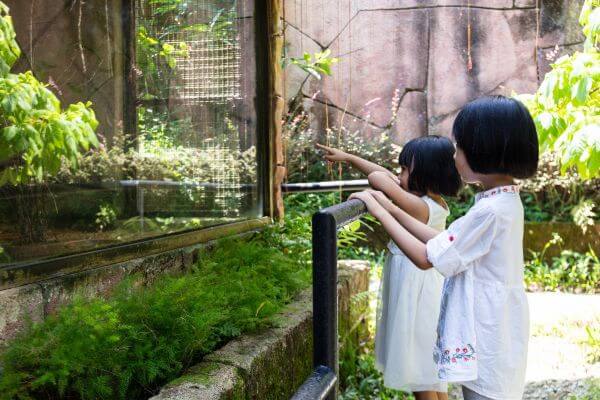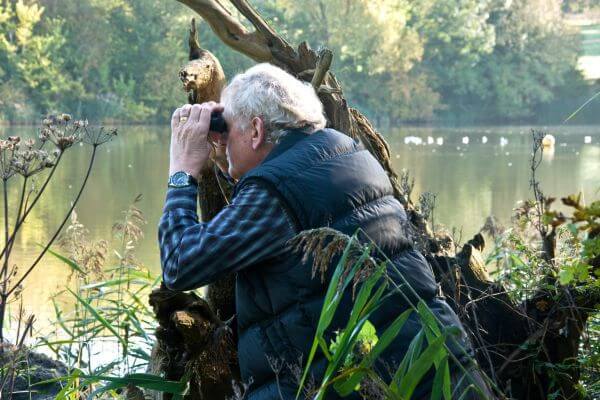Welcome to our guide on animal behavior! Here, we will explore practical ways to understand and observe the behavior of our four-legged friends. If you’re a dog lover seeking guidance on training, this article is for you.
Understanding Canine Signals

Dogs are fascinating creatures, communicating with us and each other in various ways. Observing their signals and behaviors is essential for harmonious coexistence. By understanding their signals, we can strengthen the bond with our furry friends.
When your dog wags its tail, it can signify various feelings, from joy to anxiety. It’s important to observe the context in which this behavior occurs. For example, a gentle, relaxed wag usually indicates happiness, while a fast, tense wag may indicate discomfort.
Another common behavior is rolling on the ground. Although it may seem like just a fun activity, it can have deeper meanings. In many cases, dogs roll to cool off on cool surfaces or to stretch and elongate their muscles.
Additionally, pay attention to your dog’s ears. Erect and forward-facing ears generally indicate alertness and interest, while ears laid back may suggest fear or submission. Observing these signals helps us better understand the world of dogs and respond appropriately to their needs.
Establishing Positive Communication
Positive communication is key to a healthy relationship with your dog in animal behavior. By using positive reinforcement, we can encourage desirable behaviors and strengthen the connection with our pets.
When your dog behaves as desired, immediately reward them with praise, affection, or treats. This reinforces the positive association between the behavior and the reward, encouraging them to repeat the action in the future.
Avoid physical or verbal punishments, as this can cause fear and anxiety in your dog, damaging the bond between you. Instead, focus on redirecting their behavior towards something positive and rewarding.
Always remember to be patient and consistent in your dog’s training. Each animal is unique and may learn at their own pace. With patience and practice, you can achieve great results together.
Building Trust and Respect

Building a relationship based on trust and respect is essential for the success of your dog’s training. By establishing these pillars, you can overcome challenges together and further strengthen the bond between you.
Show your dog that they can trust you as the pack leader by providing consistency, predictability, and guidance. This helps reduce anxiety and insecurity, allowing them to feel safe and protected by your side.
Respect your dog’s boundaries and individual needs. Not all dogs have the same preferences or tolerances, so be attentive to signs of discomfort or stress and adjust your training as needed.
Celebrate every small achievement along the way. Recognizing and rewarding your dog’s progress strengthens their motivation and encourages continued learning. With dedication and mutual support, you can achieve great accomplishments together.
Facing Common Challenges
In the process of dog training, it’s common to encounter challenges that require patience and specific strategies. Understanding these challenges and knowing how to address them can make all the difference in your pet’s progress.
One of the most common challenges in animal behavior is destructive behavior, such as chewing furniture or digging holes in the garden. These behaviors often stem from boredom, lack of exercise, or separation anxiety. Offering appropriate mental and physical activities, along with obedience training, can help redirect these unwanted behaviors.
Another frequent challenge is aggressive behavior, whether towards other dogs, people, or objects. Identifying the underlying cause of aggression and working with a qualified animal behavior professional can be crucial to resolving this issue safely and effectively.
Lastly, separation anxiety is a common issue, especially in dogs left alone for long periods. Gradually acclimating your dog to your absence, providing relaxing activities, and comfort upon your departure can help reduce anxiety and promote a smooth transition.
Exploring New Training Strategies

To achieve success in dog training, it’s important to be open to trying different strategies and techniques. Each dog is unique, and finding the right approach may require creativity and flexibility.
Consider using environmental enrichment techniques to keep your dog mentally stimulated and satisfied. Interactive toys, scent games, and search activities are great ways to provide mental and physical challenges.
Additionally, explore positive reinforcement-based training methods, such as clicker training or shaping, in animal behavior. These approaches focus on rewarding desired behaviors clearly and consistently, encouraging your dog to learn in a fun and motivating way.
Don’t hesitate to seek professional guidance if needed. A qualified dog trainer can offer valuable insights and develop a personalized training plan to meet your dog’s specific needs and your family’s.
Creating a Positive Learning Environment
The environment in which your dog lives plays a crucial role in their behavior and learning. Creating a positive and enriching environment can help promote desirable behavior and strengthen the bond between you.
Ensure that your dog has access to a safe and comfortable space, with designated areas for rest, feeding, and play. A well-structured environment helps reduce stress and promote calm and controlled behaviors.
Additionally, establish a consistent routine for your dog, with regular schedules for feeding, exercise, and training. Predictability helps your dog feel secure and confident, facilitating learning and adaptation to new situations.
Incorporate toys and enrichment activities into your dog’s daily life to stimulate their mind and body. Interactive toys, intelligence games, and outdoor walks are great ways to keep your dog happy, healthy, and mentally active.
Cultivating a Relationship of Trust
Trust is the foundation of any healthy relationship, including with our four-legged friends. Cultivating a relationship of trust with your dog is essential for promoting positive behavior and harmonious coexistence.
To build trust with your dog, be consistent in your interactions and expectations. Keep your promises, such as providing food, water, and regular affection, so your dog knows they can rely on you.
Additionally, respect your dog’s personal space and avoid forcing them into uncomfortable situations. Allow them to approach you at their own pace and respect their signs of discomfort or fear.
Finally, spend quality time together, engaging in activities your dog loves, such as play, walks, and training. The more time you spend together, the stronger your bond will be.
Overcoming Obstacles Together

On the training journey, it’s natural to encounter obstacles that may seem challenging. However, with patience, dedication, and a positive approach, you and your dog can overcome any difficulty and strengthen your bond even further.
When facing an obstacle, stop and assess the situation calmly. Identify the underlying cause of the unwanted behavior and develop a clear and consistent action plan to address it.
Engage actively in the training process, demonstrating empathy and understanding for your dog’s difficulties. Remember that training is a continuous journey of mutual learning and growth.
Celebrate every small victory along the way and acknowledge your dog’s progress, no matter how small. Positivity and encouragement are powerful tools for motivating your dog and strengthening your relationship.
Advancing to New Challenges
As you and your dog progress in training, it’s important to continue challenging yourselves and exploring new skills together. This journey of continuous learning not only strengthens the bond between you but also enriches your lives in unexpected ways.
Try introducing new commands and tricks to keep training interesting and stimulating for your dog. This not only strengthens your connection but also helps keep their mind sharp and agile.
Participate in recreational and sports activities with your dog, such as agility, frisbee, or treibball. These activities not only provide physical exercise but also stimulate your dog’s natural instincts and promote greater understanding and cooperation between you in animal behavior.
Stay open to learning from your dog, seizing every opportunity to observe and understand their behavior. As you progress together, you become not only companions but also teammates.
Celebrating Progress and Bond
As we reach the end of this guide, it’s important to reflect on the progress made and celebrate the special bond we share with our dogs. Each step in training not only strengthens our skills as trainers but also deepens our connection with our furry friends.
Along this journey, we’ve faced challenges and achieved victories together. Each obstacle overcome has brought us closer and taught us valuable lessons about patience, understanding, and unconditional love.
In moments of joy and in moments of difficulty, our dog has been by our side, always ready to support us with their unconditional love and unwavering loyalty. There’s no stronger bond than the one we share with our four-legged friends.
As we continue our journey together, we encourage you to keep exploring, learning, and growing with your dog. May every moment be an opportunity to further strengthen your bond and celebrate the incredible journey of sharing life with a dog.